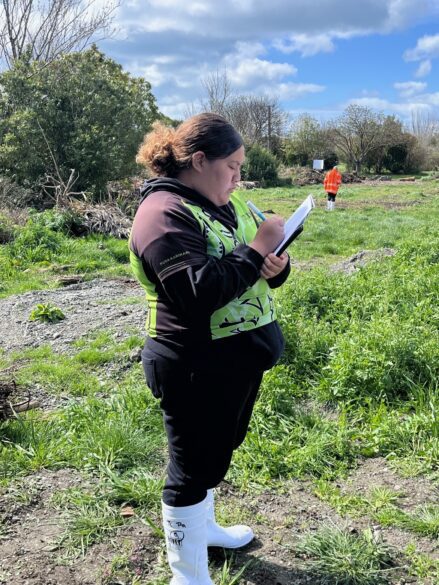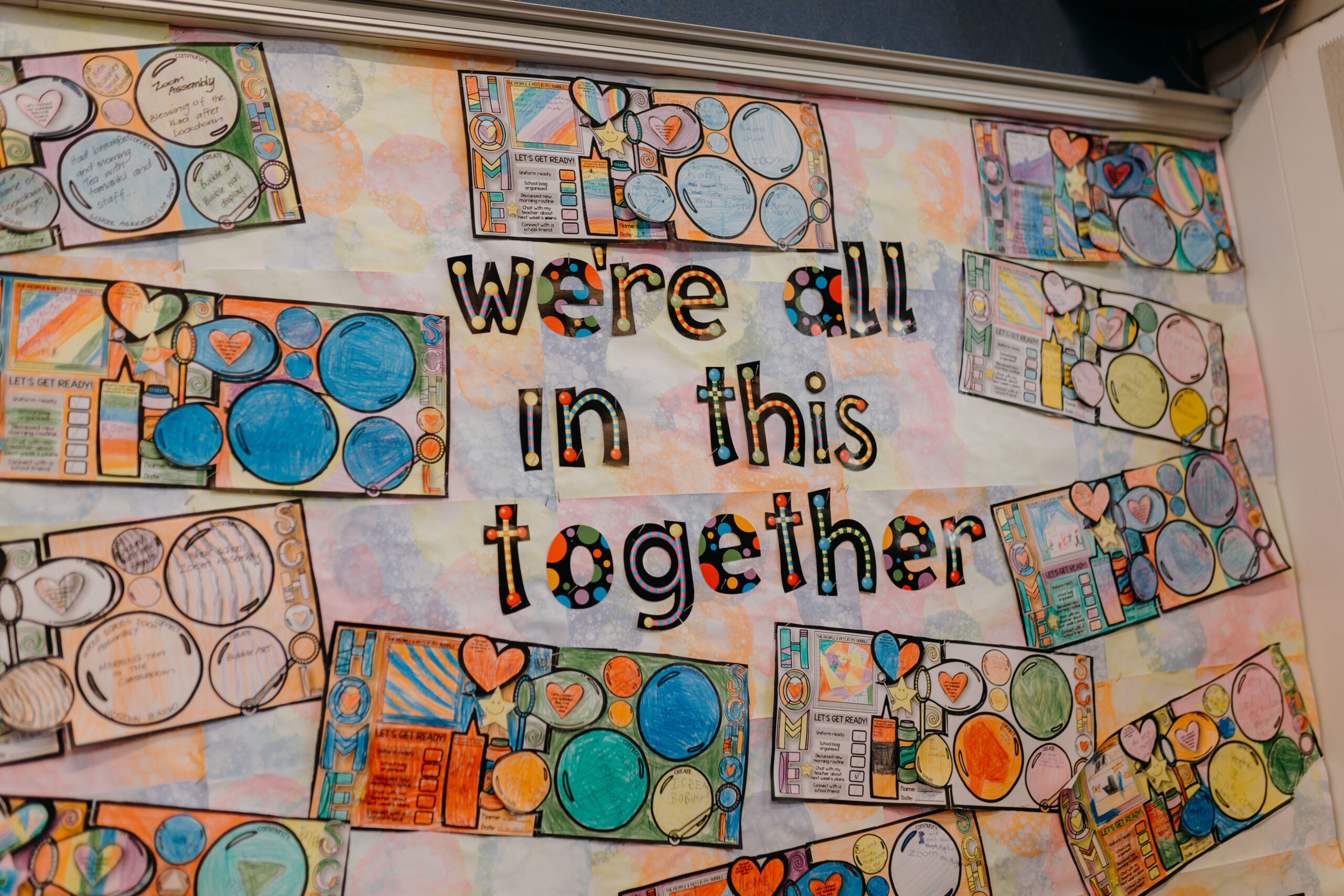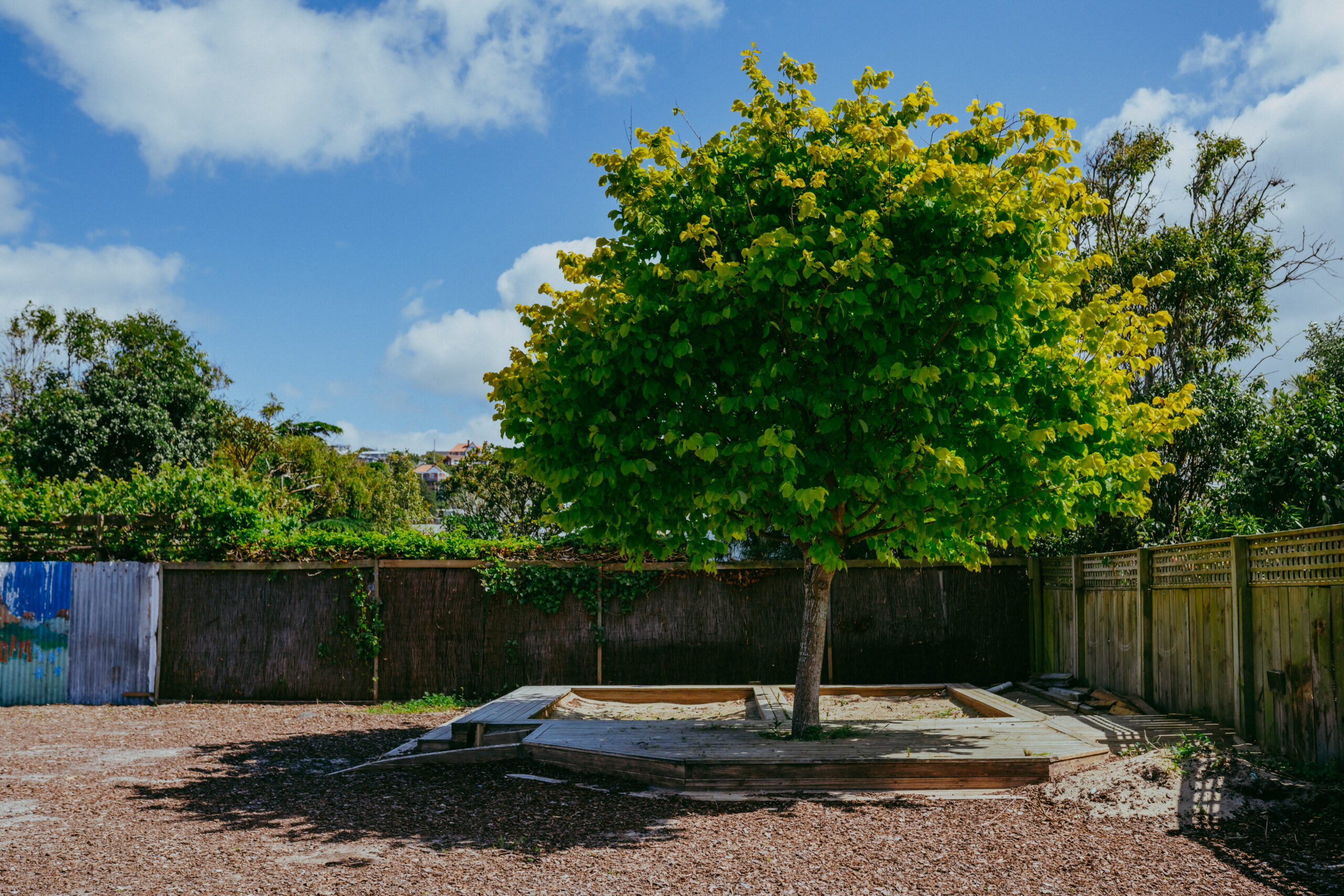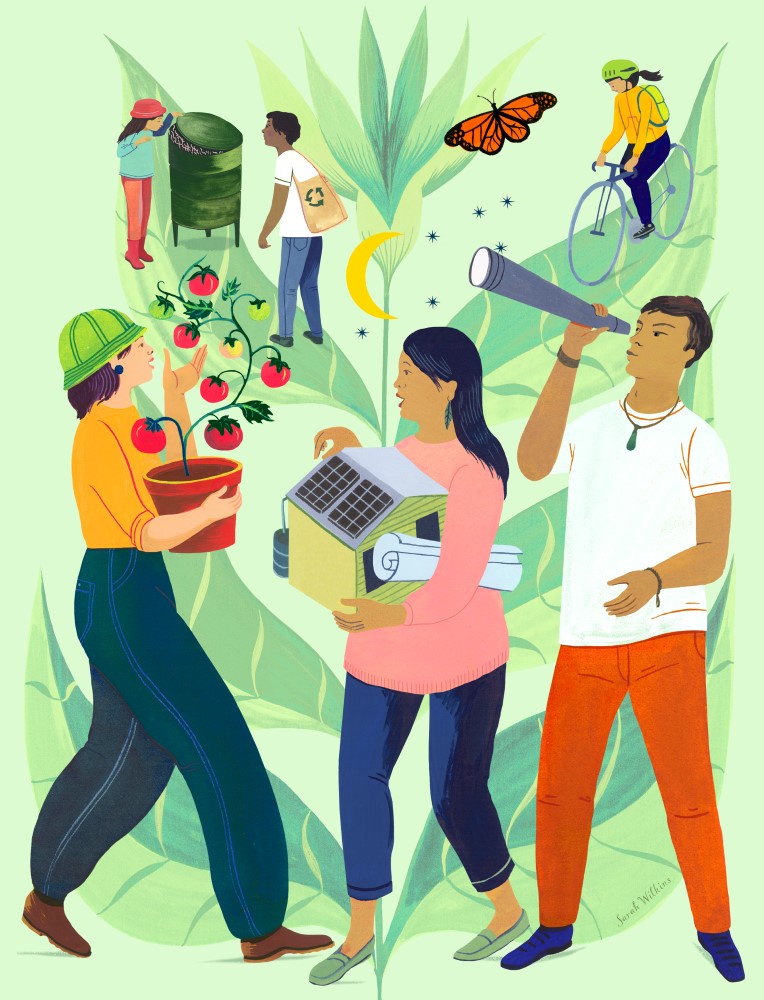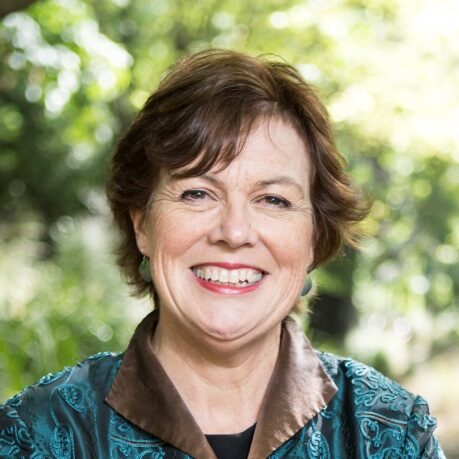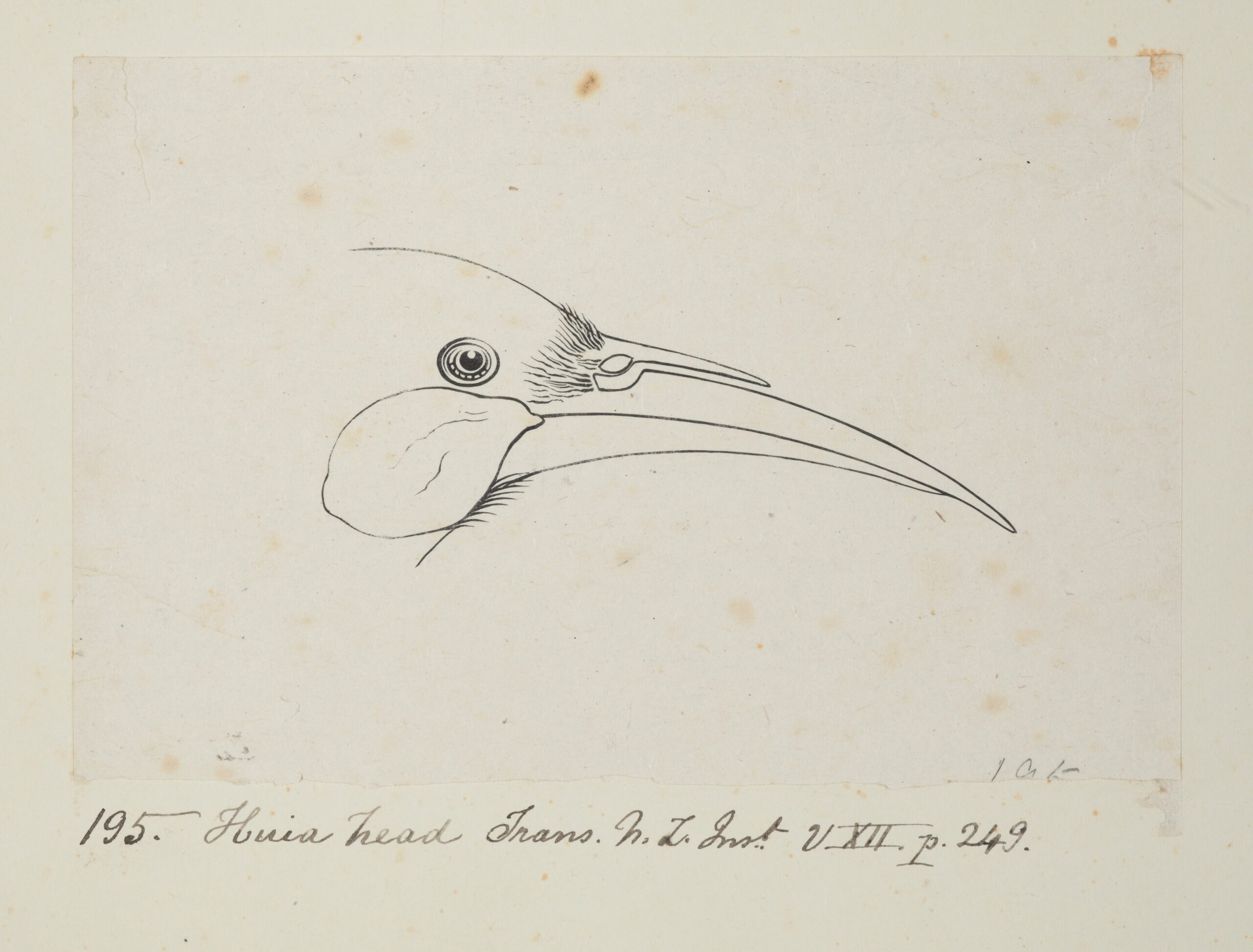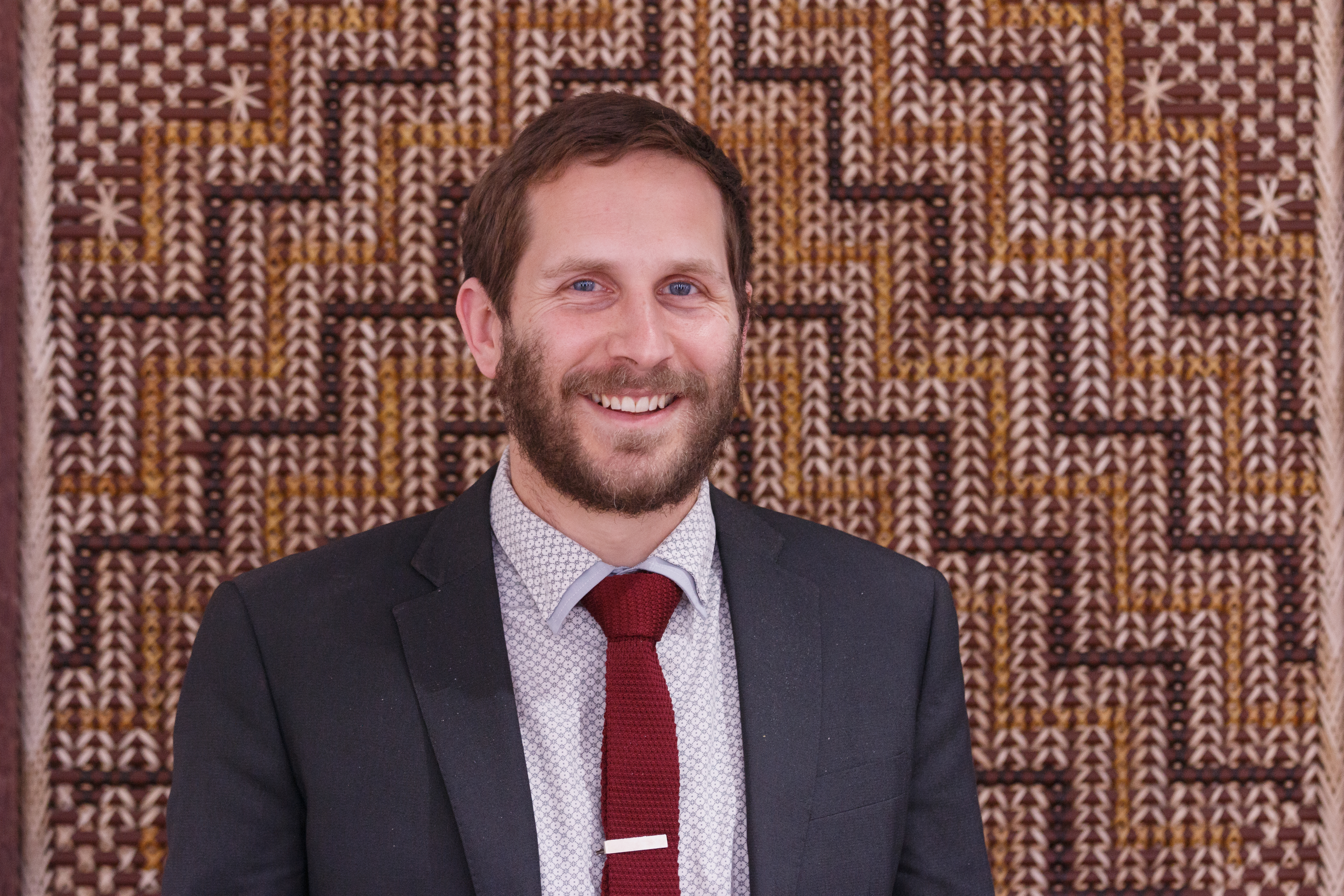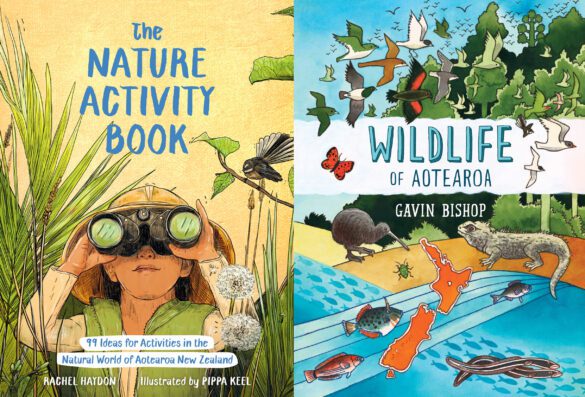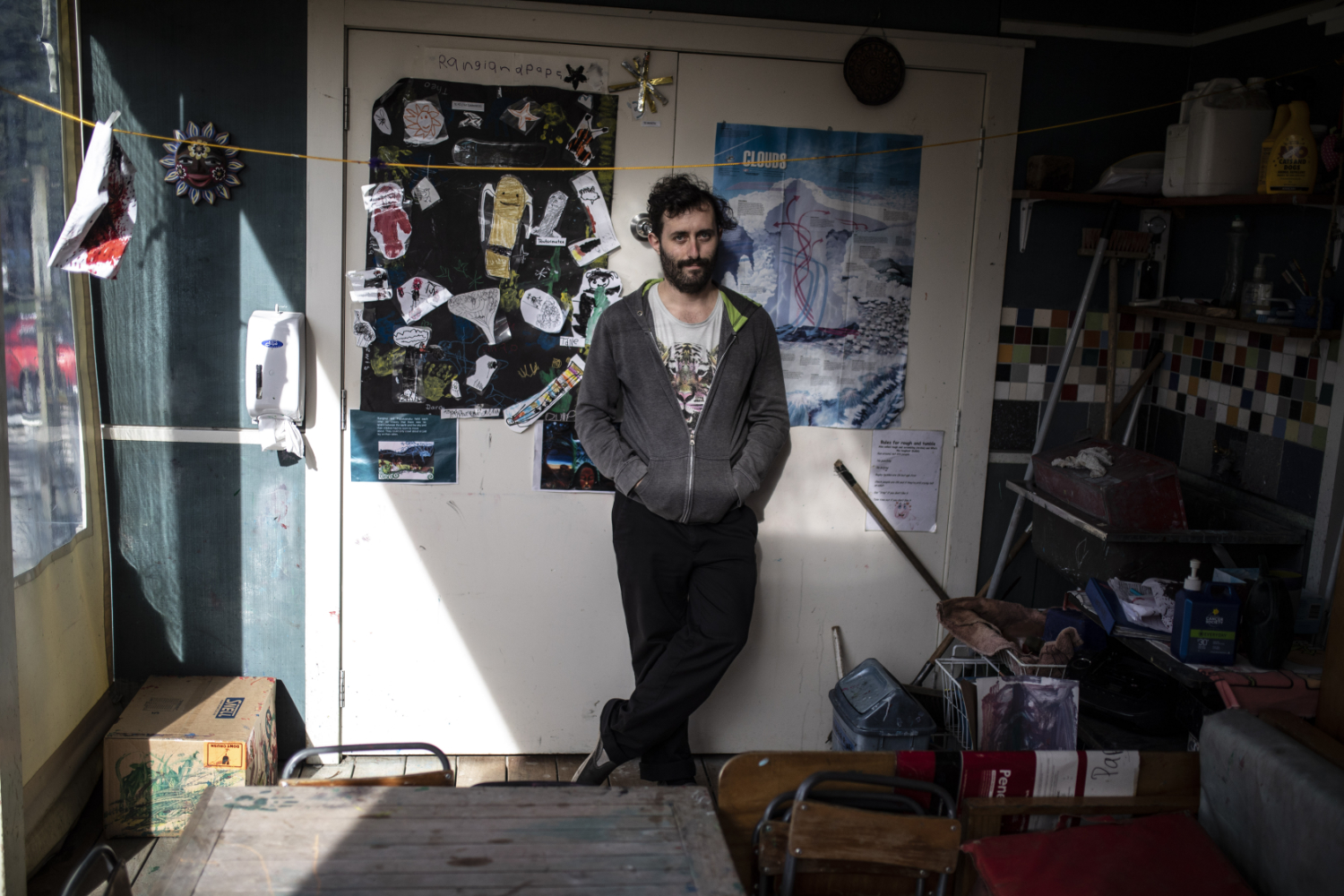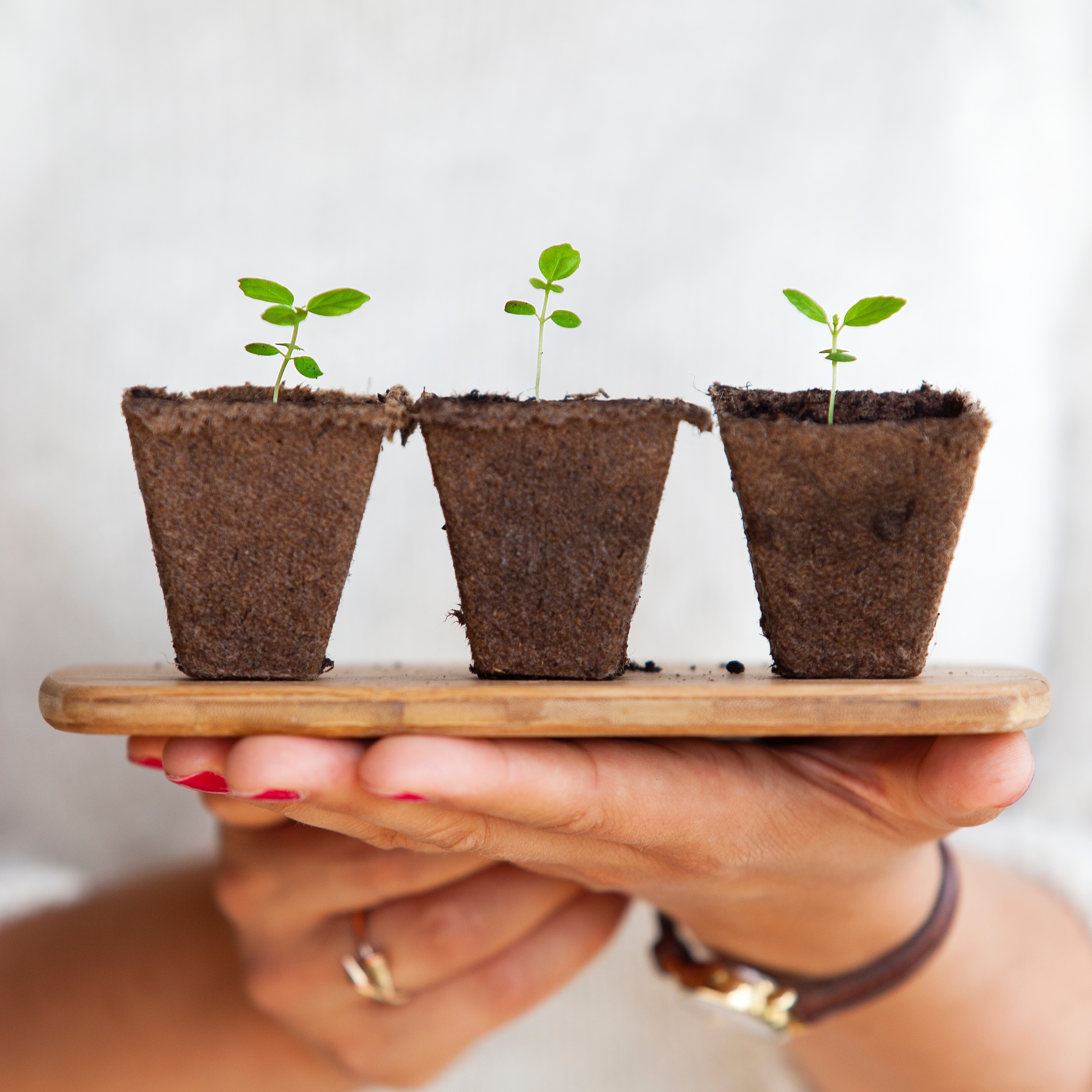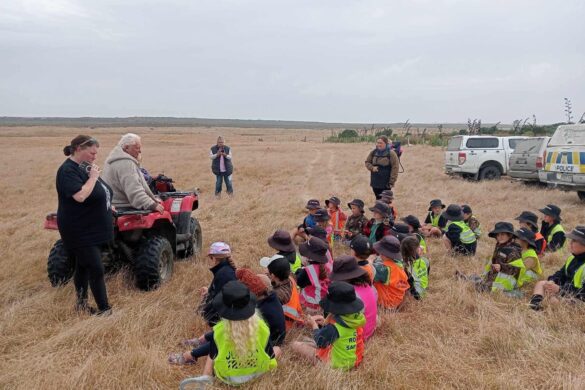
The joys and challenges of teaching on Wharekauri Chatham Island
Working at a school on the Chatham Islands demands resilience, innovation and a deep sense of connection. Kirsten McDougall spoke with staff at Te One School to find out what it means to educate in one of the most remote communities in Aotearoa.

